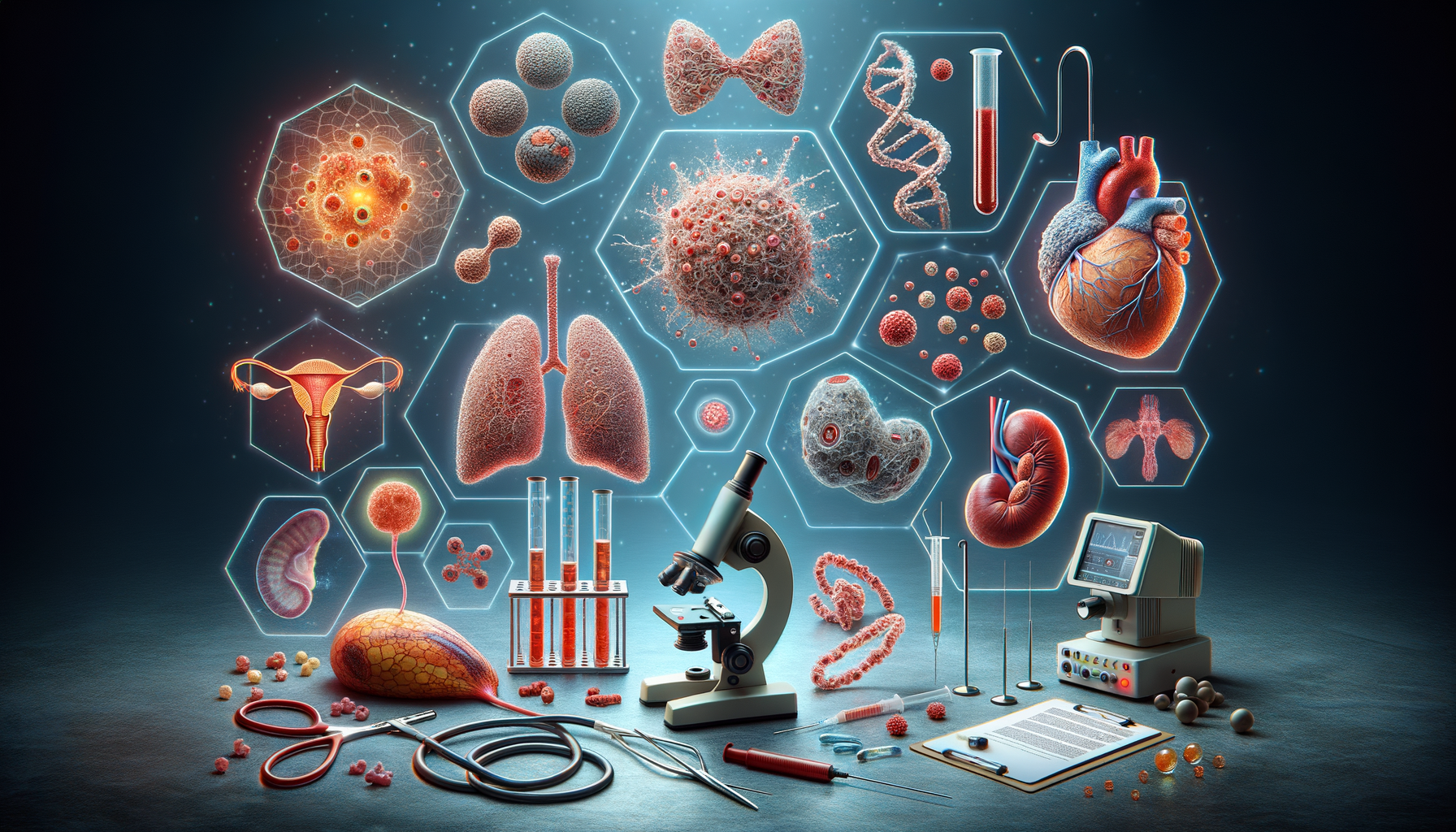
Amyloidosis: Catch the Warning Signs Early
Understanding Amyloidosis: An Overview
Amyloidosis is a rare but serious condition characterized by the buildup of abnormal proteins known as amyloids in organs and tissues throughout the body. These proteins can accumulate in various parts of the body, including the heart, kidneys, liver, and nervous system, leading to significant health issues. The disease can be systemic, affecting multiple organs, or localized, impacting a specific area. The cause of amyloidosis varies, with some cases linked to genetic factors, while others may arise from chronic inflammatory conditions or cancer. Understanding the nature of amyloidosis is crucial for early detection and management, as untreated amyloid deposits can lead to organ failure and other severe complications.
Types of Amyloidosis and Their Impact
Amyloidosis is categorized into several types, each with distinct causes and effects. The most common type is AL amyloidosis, where the body’s immune system produces abnormal light chain proteins that form amyloids. This type often affects the heart and kidneys, leading to symptoms such as fatigue, weight loss, and swelling. AA amyloidosis, another form, is typically associated with chronic inflammatory diseases like rheumatoid arthritis. It primarily impacts the kidneys, causing proteinuria and renal dysfunction. Hereditary amyloidosis, a genetic form, results from mutations in specific genes, leading to a variety of symptoms based on the organs involved. Each type of amyloidosis presents unique challenges, necessitating tailored approaches to treatment and management.
Recognizing the Symptoms of Amyloidosis
The symptoms of amyloidosis can vary widely depending on the organs affected and the type of amyloidosis. Common signs include unexplained weight loss, fatigue, swelling in the ankles and legs, and numbness or tingling in the hands and feet. In cases where the heart is involved, patients may experience shortness of breath, irregular heartbeat, and chest pain. Kidney involvement often leads to proteinuria and swelling due to fluid retention. The diversity of symptoms can make diagnosis challenging, highlighting the importance of awareness and timely medical consultation. Early recognition and intervention can significantly improve the prognosis and quality of life for individuals with amyloidosis.
Diagnosis and Treatment Options
Diagnosing amyloidosis involves a combination of clinical evaluation, laboratory tests, and imaging studies. Blood and urine tests can detect abnormal proteins, while biopsies of affected tissues confirm the presence of amyloids. Advanced imaging techniques such as echocardiograms and MRI scans help assess organ involvement and damage. Treatment varies based on the type of amyloidosis and the organs affected. Options may include chemotherapy to reduce the production of amyloid proteins, targeted therapies to address specific genetic mutations, and supportive care to manage symptoms and improve organ function. Early diagnosis and a multidisciplinary approach are essential for effective management of the disease.
Living with Amyloidosis: Management and Support
Living with amyloidosis requires ongoing management and support to maintain health and quality of life. Patients are encouraged to work closely with healthcare providers to monitor their condition and adjust treatments as needed. Lifestyle modifications, such as a balanced diet and regular exercise, can help manage symptoms and improve overall well-being. Support groups and counseling services offer emotional support and practical advice for coping with the challenges of the disease. By fostering a proactive approach to health and utilizing available resources, individuals with amyloidosis can lead fulfilling lives despite the complexities of their condition.


